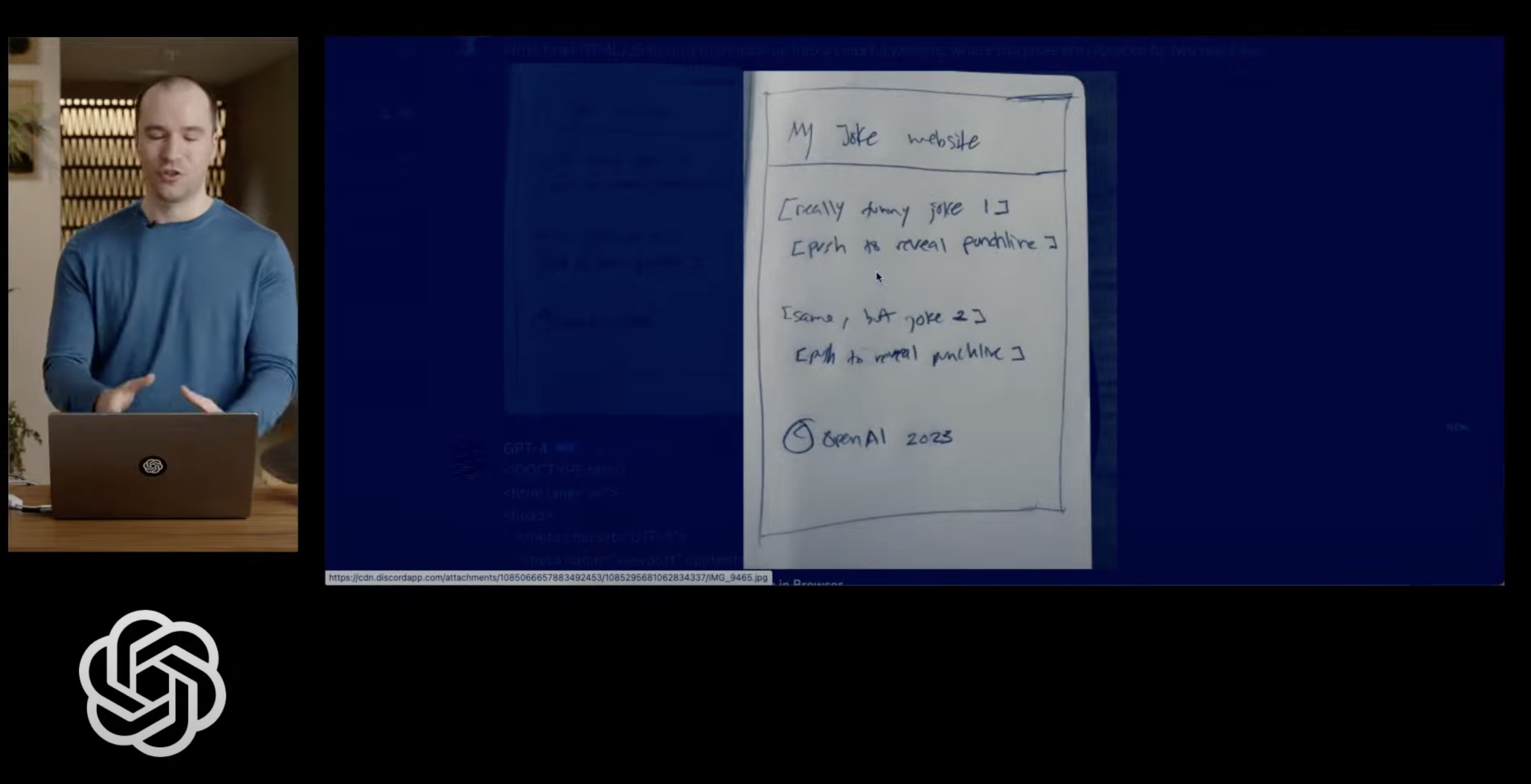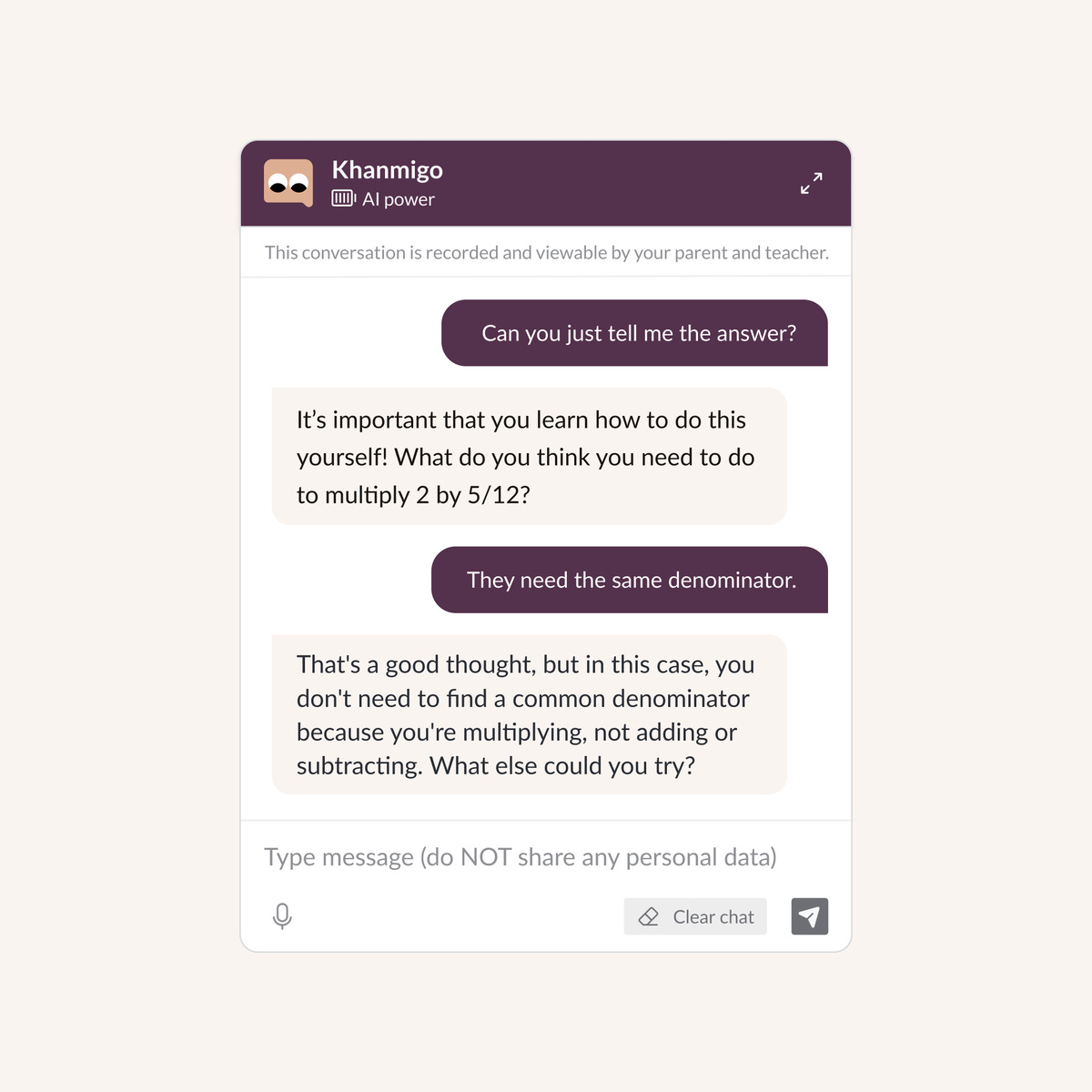Next in Tech - Mar. 20, 2023
GM and Happy Monday! Let’s dive right into last week’s hottest stories:
What The GPT-4 Takeover Looks Like
At the beginning of last week, everyone in tech quickly switched their attention from the banks to AI. Last Tuesday, OpenAI released GPT-4, the newest model in their series of LLMs. Unlike GPT-3, GPT-4 accepts image input, can process longer lengths of text, and performs very well on professional and academic tests.
GPT-4 is currently available on ChatGPT Plus, which is $20 a month, but it is limited to 25 messages per 3 hours. This limit is down from 100 messages per 3 hours in only a few days, an early signal that might indicate how expensive running this new model is. The new model’s API is also available to select developers — you can apply for access here.
As part of rebuilding their deep learning stack for GPT-3.5, OpenAI worked with Azure to create a supercomputer to handle their workload. Because of that, they claim in their blog post that GPT-4 was “unprecedentedly stable, becoming our first large model whose training performance we were able to accurately predict ahead of time.”
Here are some of the most exciting use cases both from OpenAI and from early pilot partners:
Multimodal Input w/ Images
During the GPT-4 Developer Livestream, it was demonstrated that a user could draw a wireframe for an application, take a picture of it, and feed it into GPT-4 to get fully functional code for the entire application. A similar example on the OpenAI website shows a user asking a chatbot why an image of an appliance was wrong, and the chatbot walked the user through how to properly configure the appliance.

These demonstrations only scratch the surface of what’s possible. I can imagine image recognition software becoming more deeply embedded in consumer behaviors so that, whether at home or at the store, consumers can better interact either with products or with their surrounding environments. What if these tools were adopted by Ikea to help instruct customers how to set-up appliances at home, or if it was set up to help people get around?
Learning Assistant
Khan Academy, the popular learning platform that was an early partner for GPT-4, announced their AI chatbot Khanmigo. In the demo, Sal Khan demonstrated how Khanmigo can be used to help students arrive at conclusions, pique their interest to go further on a topic, or practice terms for an upcoming assessment.

This use case certainly comes with some contention, as educators and parents wouldn’t want AI to do all of the work for students. However, the alternative argument can be made that using the right type of chatbot can help students in different ways than they are currently being taught. It’s going to be interesting to see how this sector especially plays out, but the early demos look very promising.
Personal Access
In the example below, Mckay Wrigley shows off Chatbot UI Pro, an open source ChatGPT interface clone. This clone can be used by people to create chatbots for their tools, or even to power entire businesses. It can also be easily imagined that someone can either run a local model or connect to open models from a hub like Hugging Face, instead of relying on the OpenAI API.
One of the most exciting parts about AI innovation is how fast these tools are becoming available for open use. Instead of relying on centralized model providers like OpenAI, there are now a growing number of tools and pieces of infrastructure for the general public to use new models or even create sophisticated apps around them.
Facebook to Enter DeSoc
Platformer published a report the other week that Adam Mosseri, the head of Instagram, had been tapped to lead a decentralized social(DeSoc) platform for Facebook that is internally codenamed P92. MoneyControl also reported that the app will let users login with their Instagram credentials.
In a comment given to Platformer, Facebook representatives said that the app would be a “standalone decentralized social network for sharing text updates”, and that they think there’s an opportunity for “a separate space where creators and public figures can share timely updates about their interests”.
Facebook is notoriously known as one of the Internet’s walled gardens, and so seeing them try and build a fully decentralized network while also thinking about ways for users to interact with an app/apps on that network will certainly be a story to keep an eye on.
Top Links
Interesting finds I’ve stumbled upon recently:



 545
545
